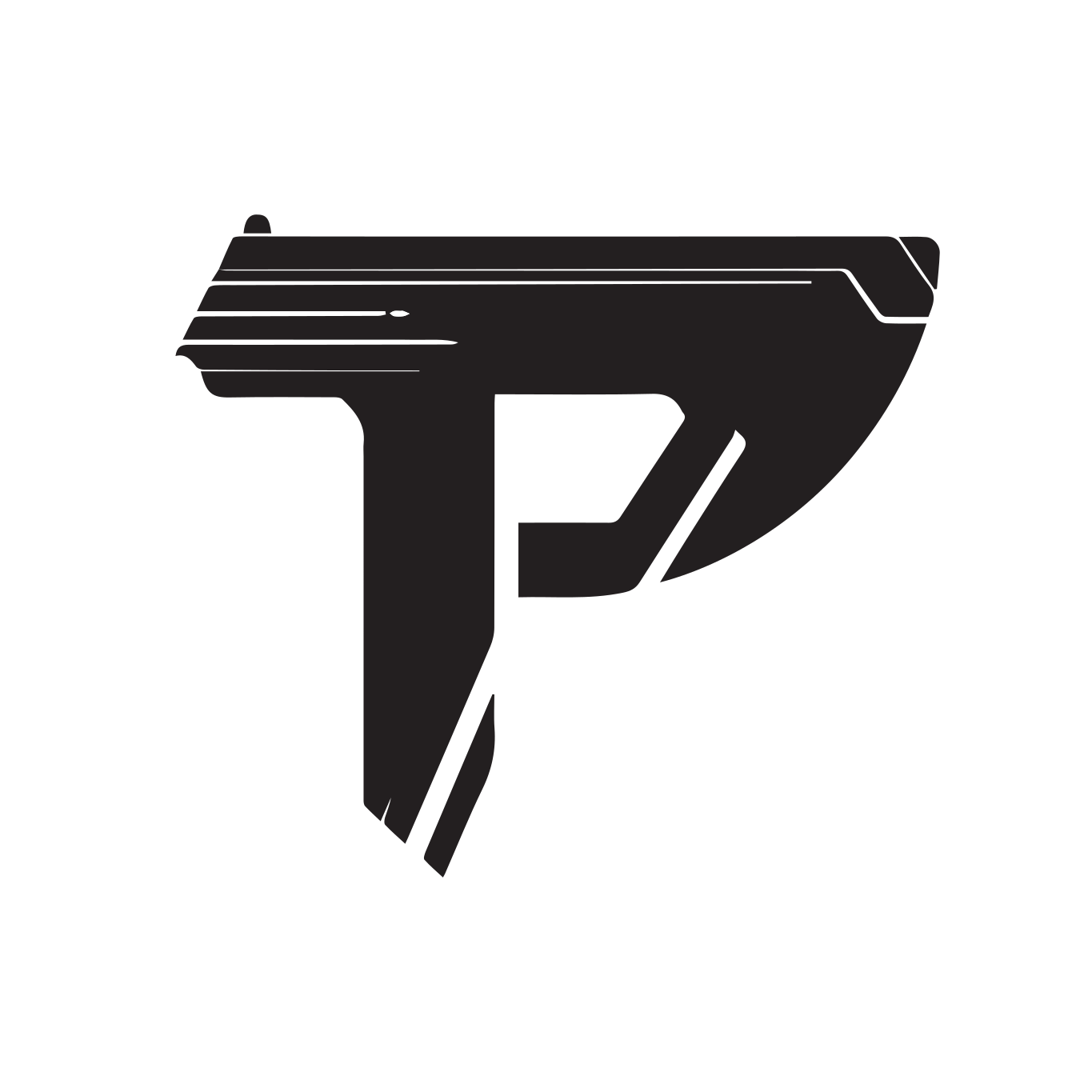Phase 4
AI That Creates AI
Self-Learning Systems
Teaching AI to Learn, Adapt, and Build Itself
The Future of AI is Self-Improving
In this phase, students will explore the cutting edge of AI evolution—where AI fine-tunes itself, generates new models, and evolves based on real-world interactions.
This is where automation meets intelligence, and AI systems become self-sustaining. Students will train AI models that learn from user behavior, refine their own algorithms, and even create new AI models—all without human intervention.
Rather than manually coding every update, students will use AutoML, neural architecture search, and AI-driven UI optimization to build AI that gets smarter with every interaction.
By the end of this course, students will have developed a self-learning AI system capable of improving itself over time—pushing the boundaries of what’s possible in AI automation.
Course Duration & Structure
- Duration: Six Sessions
- Sessions: One per week (90 minutes each)
- Learning Style: Hands-on, project-based, AI automation-focused
- Capstone Project: Build an AI model that learns, improves, and evolves on its own.
- Best For: AI developers, automation enthusiasts, and students who want to build the future of self-learning AI.
Course Breakdown & Weekly Pathway
Each session builds on the next—taking students from understanding self-learning AI to developing AI models that refine and optimize themselves.
Think of this phase as training AI to train itself:
- Week 1: How AI learns from itself and evolves without human intervention
- Week 2: Training AI with AutoML and reinforcement learning
- Week 3: Using neural architecture search to generate better AI models
- Week 4: Adaptive AI UX—designing interfaces that evolve with users
- Week 5: Testing, fine-tuning, and optimizing self-learning AI models
- Week 6: AI Evolution Showcase—deploying AI that improves over time
Session 1: How AI Learns and Evolves Without Human Intervention
Goal: Understand the fundamentals of self-learning AI and how it improves itself over time.
Tools Used:
- Google Colab – Running AI models with self-improving algorithms
- Perplexity and DeepSeek – Researching AI evolution and reinforcement learning
Key Topics:
- What is Self-Learning AI? – AI that updates and optimizes itself.
- How AI Trains Itself with Data – Machine learning loops and feedback systems.
- AI Model Evolution – How AI learns from real-world interactions.
- Real-World Examples of AI That Improves Itself – From Google’s AlphaGo to Tesla’s Autopilot.
Hands-On Activity:
- Students analyze an AI model that has improved itself over multiple iterations.
- They explore AI training loops in Google Colab.
Outcome: Students will understand how AI models can train, refine, and evolve without human intervention.
Session 2: Training AI with AutoML and Reinforcement Learning
Goal: Teach AI to adjust its own parameters and improve over time.
Tools Used:
- Google Colab and Hugging Face – Training AI models with reinforcement learning
- OpenAI API – Applying AI optimization in real-world applications
Key Topics:
- What is AutoML? – Machine learning that trains itself.
- How AI Adjusts Its Own Learning Models – Training AI with reinforcement learning.
- AI That Learns From Feedback – Teaching AI to improve its responses.
Hands-On Activity:
- Students train an AI model using AutoML to optimize decision-making.
- They set up a reinforcement learning environment to improve AI accuracy.
Outcome: Students will build an AI model that continuously improves based on performance data.
Session 3: Neural Architecture Search – AI That Builds AI
Goal: Teach AI to design better AI models without human intervention.
Tools Used:
- Google Colab and Hugging Face – Generating AI models with neural architecture search
- Cursor and Replit – AI-assisted development of AI-building models
Key Topics:
- What is Neural Architecture Search? – AI that experiments with different models.
- Teaching AI to Optimize Itself – How AI fine-tunes model architectures.
- The Future of AI That Builds AI – Where self-generating AI is going.
Hands-On Activity:
- Students experiment with AI-generated model architectures in Google Colab.
- They analyze different AI-built AI models and compare performance.
Outcome: Students will train AI that can improve and optimize its own model structure.
Session 4: Adaptive AI UX – Designing Interfaces That Evolve with Users
Goal: Create AI-driven interfaces that change based on user behavior.
Tools Used:
- UX Pilot – Designing evolving AI-powered UX/UI
- Cursor and Replit – Developing AI-driven UI elements
Key Topics:
- How AI Learns User Behavior – Predicting user needs dynamically.
- Designing Adaptive Interfaces – UX that shifts based on AI insights.
- Challenges of AI-Driven UX – Making AI-friendly interfaces.
Hands-On Activity: Students design an AI-powered UI that adjusts based on user input.
Outcome: Students will create AI-powered interfaces that evolve with user interactions.
Session 5: Testing, Fine-Tuning, and Optimizing Self-Learning AI
Goal: Ensure self-learning AI models work efficiently, reduce errors, and improve continuously.
Tools Used:
- Google Colab and Hugging Face – Testing and refining AI models
- Cursor and UX Pilot – Improving adaptive AI interfaces
Key Topics:
- AI Training Loops – How AI Gets Better with Time
- Detecting Bias and Errors in AI That Learns
- How to Optimize Self-Learning AI for Scalability
Hands-On Activity: Students stress-test their AI models to detect improvement areas.
Outcome: Students will analyze, debug, and optimize self-learning AI for real-world applications.
Session 6: AI Evolution Showcase – Deploying AI That Improves Over Time
Goal: Launch AI models that continue improving after deployment.
Final Tools Used:
- Google Colab and Hugging Face – AI evolution testing
- Cursor and UX Pilot – AI-powered UI deployment
Capstone Project:
- Students deploy an AI model that evolves based on user interactions.
- They present their AI’s improvements and performance over time.
Outcome: Students will launch an AI system that can optimize itself based on real-world usage.
Join the Future of AI
Be the first to explore cutting-edge AI that learns, adapts, and builds itself. Gain hands-on experience with AutoML, neural architecture search, and AI-driven optimization. Limited spots available.
All Rights Reserved | Phazur Labs

